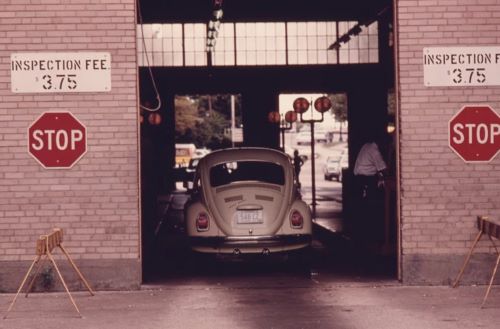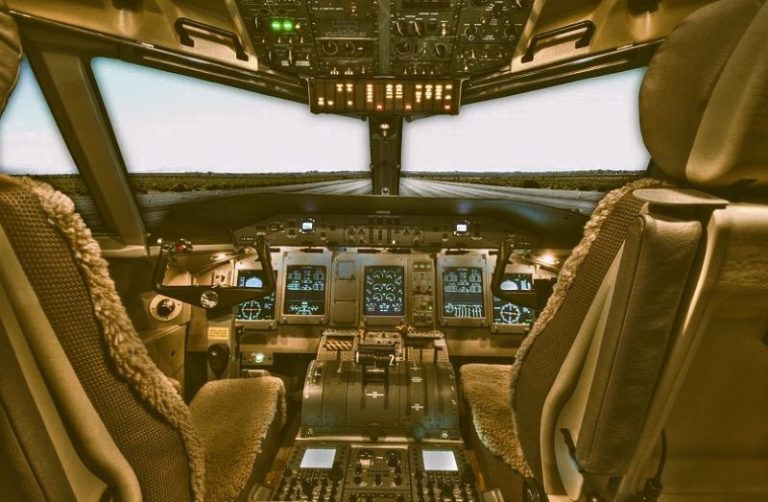

Over time, the automotive industry has transitioned to a technology-driven approach to ensure the safety of its drivers and the vehicle itself. The rising number of road accidents and fatalities have made it paramount to enhance safety standards in a car. These standards include structural integrity, crashworthiness, types of safety features, etc.
In recent years, technological developments have profoundly impacted the safety of automobiles. New technologies like this may help drivers make fewer mistakes, prevent more accidents, and make roads safer.
Several California car auctions like A Better Bid are realizing the importance of safety standards and contributing to this by featuring vehicles with optimal safety standards.
This blog will highlight automotive technologies, like Shop Boss Auto Solutions, fueling the safety of vehicles.
Contact Sensor System (CoSSy)
The Contact Sensor System can quickly and accurately identify whether a vehicle has contacted someone or an item. Using CoSSy features, like automatic parking, improve vehicle security by alerting the driver of a low-speed collision and instituting an emergency stop. .
Once deployed, the CoSSy sensor signals can identify drivers by voice, detect road conditions, and send alerts in case of vehicle vandalism.
Occupant Safety Monitoring (OcSM)
OcSM serves as a constant safety-environment monitor in the car. This cutting-edge innovation evaluates the passenger’s posture to modify airbag deployment. This is done in response to variations in passenger seating. A well-thought-out plan for deploying airbags in the event of a collision may significantly improve survivability.
For instance, if the driver sits too close to the steering wheel in an accident, the passenger can strike the wheel before the airbag deploys properly. To optimize airbag deployment, the modern OcSM system transmits real-time data on the occupant posture to the safety control units.
Intelligent Intersection
The Intelligent Intersection is an end-to-end solution that uses sensor fusion algorithms to generate an environmental model as well as Dedicated Short-Range Communication, which sends essential data between the junction and the connected vehicles.
The workaround alerts drivers of pedestrians crossing the street when outside the pedestrian’s line of sight. As a bonus, this information can be utilized to manage traffic signals, improve traffic flow, and cut down on pollution and wasted time spent waiting at lights.
This idea is crucial for the safety of pedestrians, cyclists, and others in complicated junction traffic situations, such as keeping left-turning vehicles (left-hand driving) from colliding with oncoming cars.
Safety Domain Control Unit (SDCU)
The SDCU is mostly used in high-end applications, and its extra features are tailored to lessen the likelihood of an accident while limiting its impact in the immediate aftermath. Its efficacy stems from the fact that data from anticipatory environmental sensors are incorporated into its operation.
This allows the accident severity to be predicted in advance, allowing the restraint systems to be conditioned appropriately. The system’s faster response time means it can better safeguard drivers, passengers, and other vulnerable road users. If the main automated features malfunction, the SDCU can serve as a backup to switch the vehicle into safe mode.
Advanced Driver Assistance Systems (ADAS)
Most car accidents are the result of human mistakes that can be prevented with ADAS. For this reason, ADAS is designed to lessen both the frequency and severity of crashes.
Digital technologies known as advanced driver assistance systems (ADAS) aid drivers with mundane tasks like navigating and parking using computer networks to provide more data-driven and secure journeys.
These features help drivers retain a safe distance, stay in their lane, and stop the car in an emergency. ADAS technologies include various features that enhance driving safety, such as adaptive cruise control and automatic emergency braking systems.
Additionally, lane departure warning systems alert drivers when they deviate from their lane. These developments serve as a second pair of eyes and promise to dramatically enhance road safety in the future.
Vehicle to Everything (V2X)
The phrase “vehicle to everything,” or V2X, describes the overarching communication system in an autonomous vehicle. This system transmits data from sensors and other sources via high-bandwidth, low-latency, and high-reliability networks.
Sensors, cameras, and wireless connections make up V2X systems, enabling vehicles to communicate with one another, their drivers, and their surroundings.
Drivers can better anticipate and prevent collisions due to V2X communication technologies that allow them to send and receive information about their location and speed with other cars and infrastructures on the road.
Additionally, V2X technology improves traffic efficiency by alerting drivers about potential traffic jams, suggesting other routes, and promoting greener forms of transportation by lowering carbon dioxide emissions via adaptive cruise control and better transportation planning.
Autonomous Driving Technology
The advent of autonomous driving technology is a revolutionary development that will improve car safety in many ways. It can dramatically improve road safety due to its capacity to regulate cars independently of humans.
The degrees of autonomy, from fully automated to somewhat assisted, are vital in determining levels of security. Higher degrees of freedom mean more capability on cars regarding both accident avoidance and legal compliance.
There is no denying the merits of driverless cars. These automobiles offer safer roads by removing human error, a major source of accidents. Furthermore, the likelihood of crashes is considerably reduced because of their lightning-fast response times and 360-degree awareness, making the roads safer for everyone.
This developing technology has the potential to revolutionize transportation, bringing a new age of unparalleled efficiency and security to our streets.
Embracing Automotive Safety Standards with A Better Bid
When it comes to advocating for and implementing improved vehicle safety measures, A Better Bid is first in line. They provide access to vehicles with cutting-edge safety technologies through a global online auction network that links dealers worldwide.
The cars listed on A Better Bid are guaranteed to have the most up-to-date safety equipment. They aim to encourage the car industry to embrace these technologies and enhance road safety for all individuals.
Regarding the automobile business, A Better Bid has made it its purpose to promote safety and security by adopting industry-wide safety standards.
Final Word
The situation on our roadways is critical but also entirely avoidable. By using these cutting-edge systems, we can accelerate our progress toward a world without accidental deaths.
Car dealers and California car auctions also have to contribute toward a safer driving experience by featuring cars in their collections that are up to the industry’s safety standards.
A Better Bid is a trusted online auction venue where dealers from all across the globe may access a broad choice of automobiles, including those equipped with cutting-edge driving technology. A Better Bid promotes and facilitates the adoption of advanced safety measures in motor vehicles by offering a marketplace for their purchase and sale.


